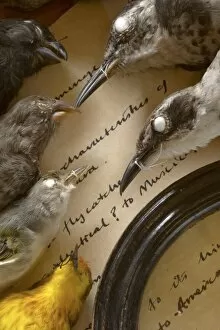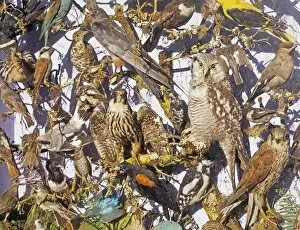Taxidermy Collection (page 14)
"Preserving Nature's Wonders: A Glimpse into the World of Taxidermy" Step into the fascinating realm of taxidermy
All Professionally Made to Order for Quick Shipping
"Preserving Nature's Wonders: A Glimpse into the World of Taxidermy" Step into the fascinating realm of taxidermy, where art and science intertwine to immortalize creatures that once roamed our planet. From the elusive Tasmanian Tiger or Thylacine to delicate mounted butterflies, this ancient practice has captivated both enthusiasts and curious minds alike. Intriguingly bizarre yet undeniably captivating, it has seen its fair share of peculiar exhibits throughout history. Who could forget the infamous "Stuffed Kittens Lunch, " a whimsical creation that blurred the lines between reality and imagination? Or when Linnaeus exposed the deceptive Hamburg Hydra as nothing more than an elaborate hoax? But it's not all eccentricity in this world; there is also room for celebration. Enter the Festive Nutty Squirrel series, charming displays capturing these lively critters in their holiday spirit. And let us not overlook The Huia, a poignant tribute to New Zealand's extinct bird species whose beauty now lives on through skilled hands. Delving deeper into history, we stumble upon Bullocks Museum 1811—a testament to taxidermy's enduring legacy. Here lies a treasure trove of carefully preserved specimens from around the globe, each telling its own unique story. Amongst these treasures is a Common Raven (Corvus corax) Skull hailing from Cornwall, England—an exquisite example of meticulous craftsmanship that transports us back in time. Cecil Aldin's enchanting illustration titled "Spot and Scrunch" further showcases how animals can be forever captured within artful frames. Taxidermy serves as a bridge between past and present—allowing us to appreciate nature's diversity while reminding us of our responsibility towards conservation efforts. So next time you encounter one such exhibit or marvel at an intricately stuffed creature, take a moment to reflect on their significance—their silent voices echoing through the halls of time.














